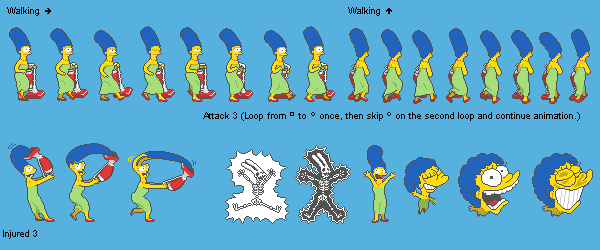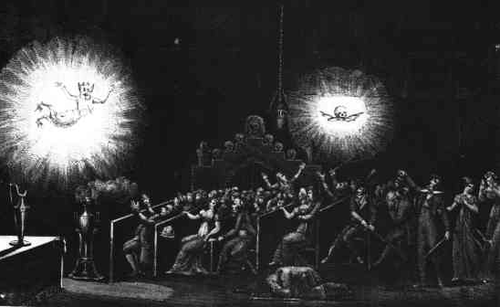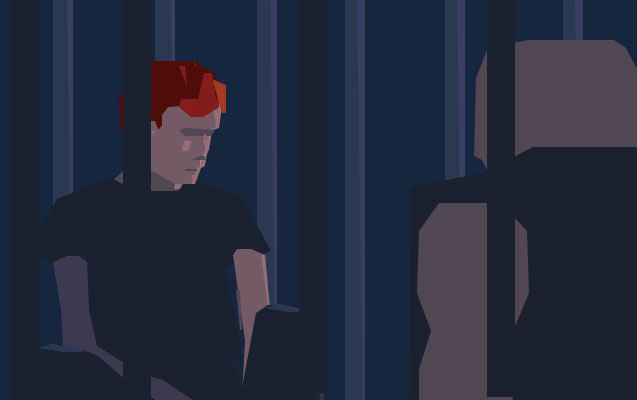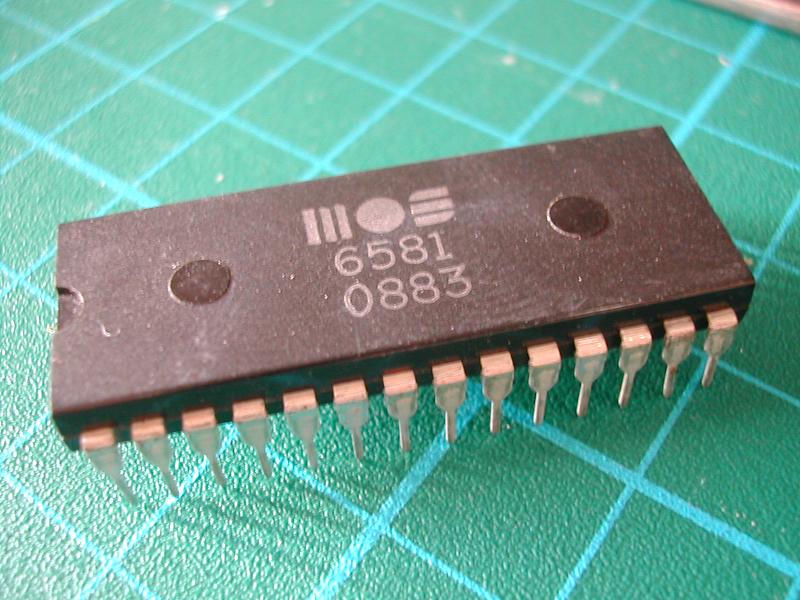Awesome full sets of sprites and backgrounds ripped from Konami’s 1991 Simpsons arcade game are available over at The Spriters Resource. I could have bought one of those machines with all of the quarters I lost playing it at the bowling alley or pizza parlor or wherever else grubby kids hung out in 1990s suburbia.
I’ve trimmed down Marge’s action sprites here because I’m fascinated by one detail that I’m pretty sure is otherwise depicted nowhere else in the rest of Simpsons canon: Marge’s Life in Hell rabbit ears hidden inside her hair!
(Via The Spriters Resource: Simpsons. I owe someone source attribution, but I can’t remember where I saw this link recently…help!)






